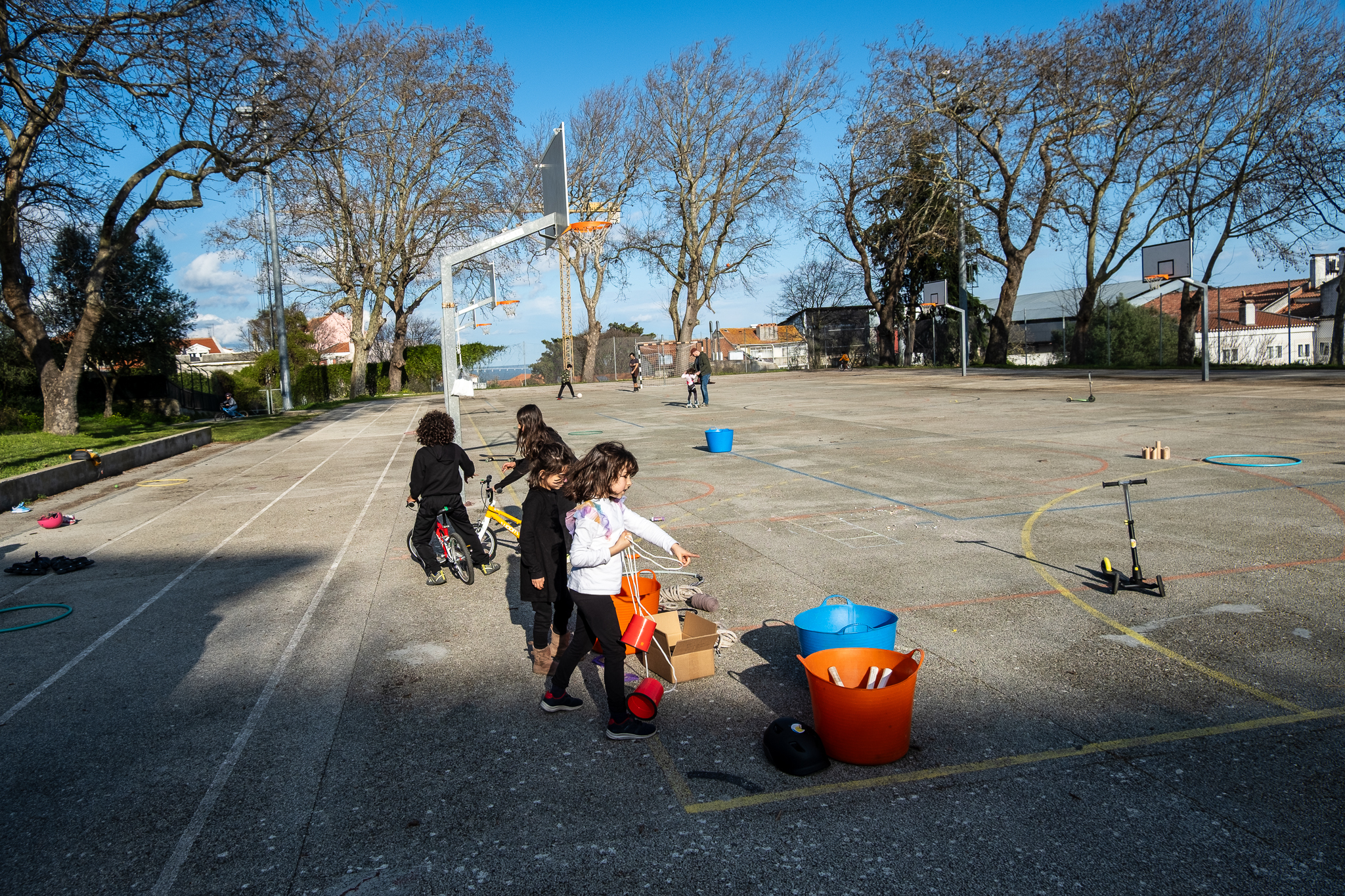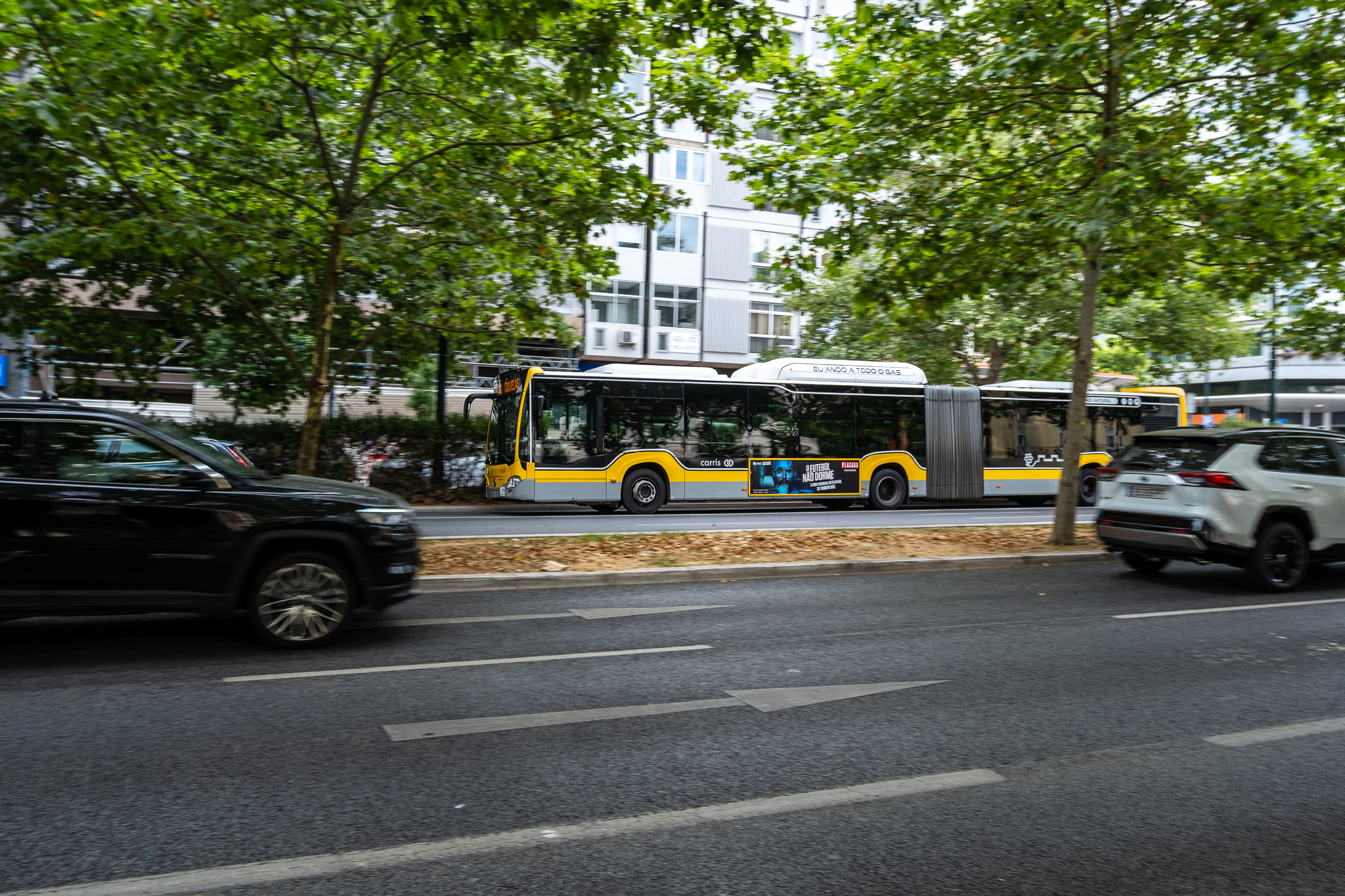The lack of trees and green spaces in cities, close to housing areas, can shorten the lives of people living there.

The availability of green spaces in a city, accessible to the population, can save lives. A study of the Barcelona Institute for Public Health (ISGlobal), which was published in the magazine The Lancet Planetary Health and that can be explored on this site, analyzed more than a thousand European cities with more than 100,000 residents and indicates that up to 43,000 premature deaths a year can be avoided if the recommendations of the World Health Organization (WHO) are followed in relation to the proximity of green areas to residential areas.
On ranking According to a study by ISGlobal, Guimarães and Coimbra are among the 10 European cities with more than 100,000 inhabitants with the lowest death rate due to a lack of green spaces. In first and second place are Elche and Telde, both in Spain. Guimarães comes third and Coimbra fifth. Rotterdam (Holland) is in tenth place.
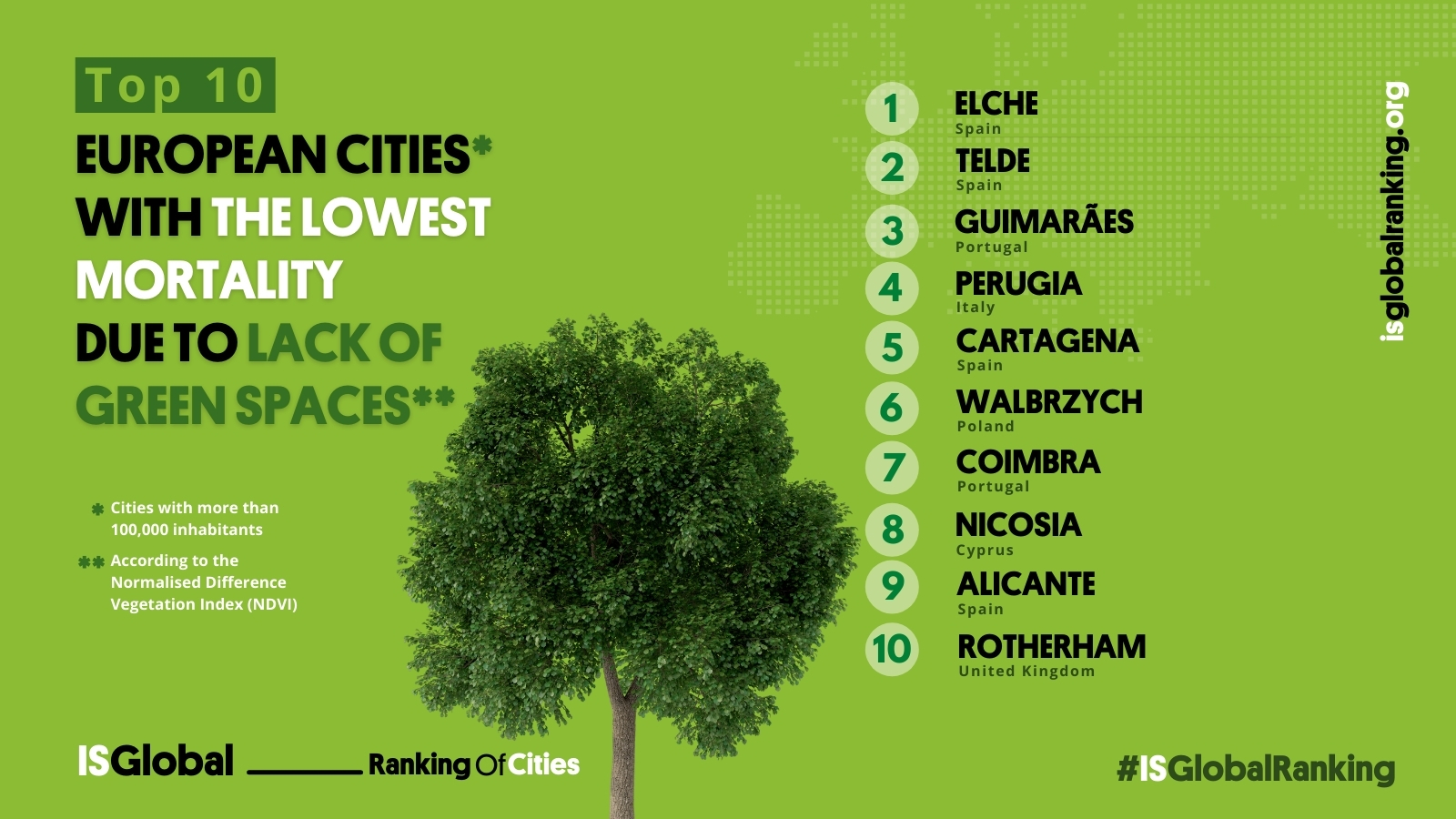
When it comes to cities where more people die due to a lack of green spaces, the Italian cities of Trieste and Turin occupy the first two positions respectively, and the English city of Blackpool comes in third. In fifth place is Brussels (Belgium), Copenhagen (Denmark) in eighth, A Coruña (Spain) in ninth and Lyon (France) in tenth. The Lisbon Metropolitan Area comes 301st in this table of cities where the most people die due to a lack of green spaces.
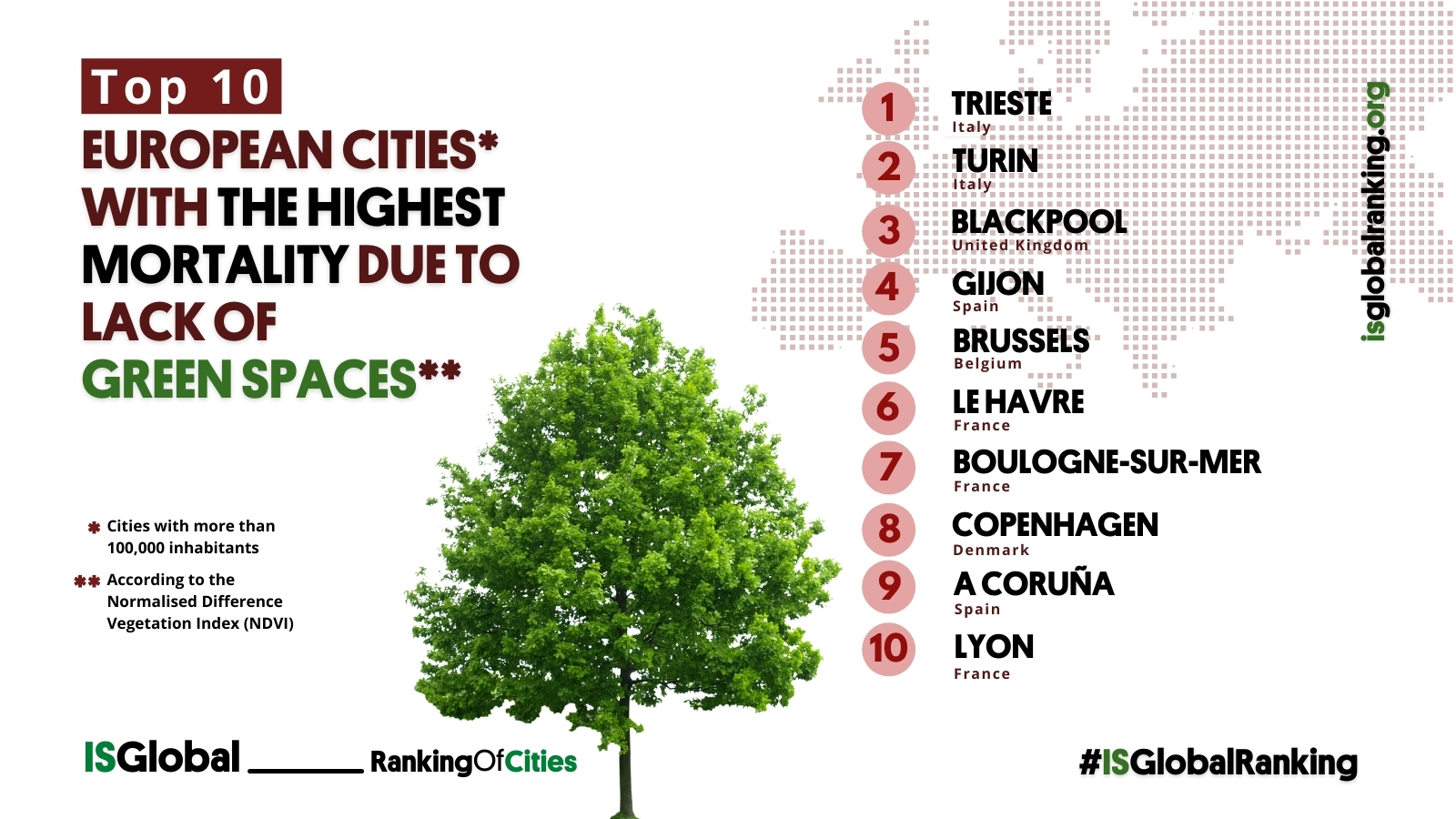
Green spaces prevent deaths
Green spaces are associated with a number of health benefits, including lower premature mortality, longer life expectancy, fewer mental health problems, less cardiovascular disease, better cognitive functioning in children and the elderly, and healthier babies. It also helps to mitigate air pollution, heat and noise levels, contributes to CO2 and offers opportunities for physical exercise and social interaction.
Based on the review of scientific evidence, the WHO recommends universal access to green spaces and defines that there must be a green space of at least 0.5 hectares at a linear distance of no more than 300 meters from each house. The overall NDVI results showed that 62% of the population lives in areas with less green space than recommended. This lack of green space is associated with 42,968 deaths - 2.3% of all deaths from natural causes - which could be avoided by complying with WHO recommendations, say the Barcelona researchers.
The Barcelona Institute for Public Health estimated the mortality attributable to the lack of green areas in 978 cities and 49 metropolitan areas, including Lisbon. To calculate the amount of green space in each city and metropolitan area, the Normalized Difference Vegetation Index (NDVI) was used as the main indicator. The NDVI measures how green an area is; it considers all types of vegetation, from street trees to private gardens, and is calculated from satellite images. As the type of vegetation differs between cities and regions and not all have the same type of green, the ISGlobal team translated the WHO recommendation into a specific NDVI value for each city.
The team of researchers used 2015 data on mortality from natural causes and levels of green areas for each city. Using a quantitative health impact assessment methodology and data from previous large meta-analyses of existing studies on the association between green spaces and mortality, they estimated the number of deaths from natural causes that could be avoided if each city complied with the WHO recommendation.
More than 60% of the population has insufficient access to green spaces
"Our results show that green space is very unevenly distributed across European cities, with mortality attributable to insufficient exposure to green space ranging from 0% to 5.5% of all natural deaths, depending on the city."Evelise Pereira, ISGlobal researcher and lead author of the study, comments, in a press release. "However, the unequal impact does not only occur between cities, but also between different areas within cities, which puts some people at a disadvantage depending on the city or neighborhood in which they live. Often, green spaces are not close to where people live, and people don't get the health benefits"he adds.
The list of cities with the highest mortality rates attributable to a lack of green spaces includes cities in Greece, Eastern Europe, the Baltic republics and Italy, as well as most of the capitals on the European continent. Specifically, the capitals with the highest mortality rates were Athens, Brussels, Budapest, Copenhagen and Riga.

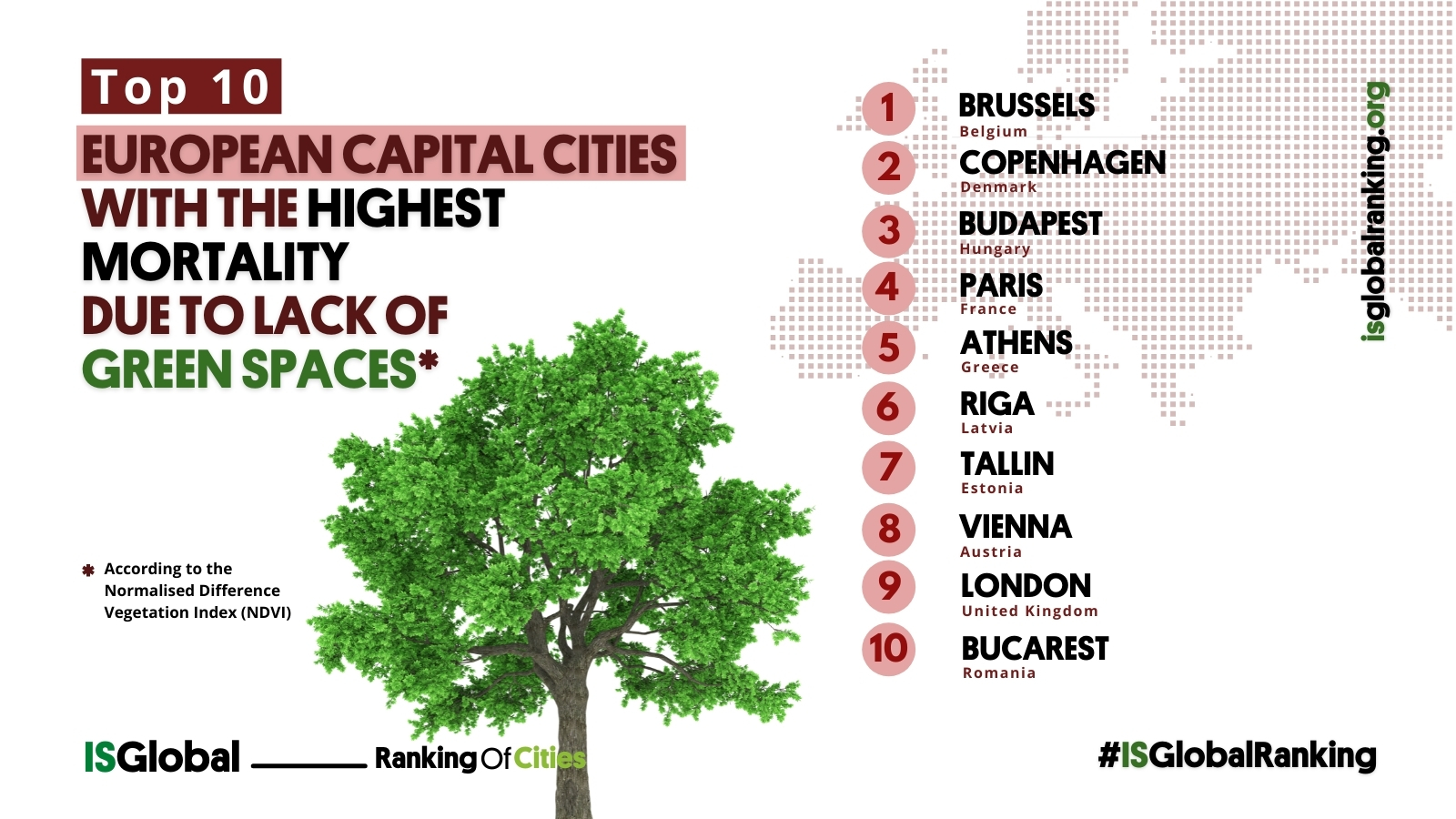
"This study offers an overview that shows that there is a lot of work to be done in terms of reforesting cities and that the reduction in mortality could be even greater if we set more ambitious targets than the WHO recommendations"noted Mark Nieuwenhuijsen, director of ISGlobal's Urban Planning, Environment and Health division and the study's last author. "European cities should focus on reclaiming urban land for green spaces, introducing nature-based solutions such as green roofs and vertical gardens, and other measures such as redirecting traffic, digging up asphalt and replacing it with green spaces, green corridors, street trees and small parks. Our study also shows that it is important for green spaces to be accessible and close to homes"adds Nieuwenhuijsen.
The study included a second analysis using a different green space indicator: the percentage of green areas (%GA). Unlike NDVI, this indicator measures the percentage of an area that is officially declared as green space and only takes into account public green areas. Estimates of the mortality burden associated with this indicator were based on previous, less robust evidence and the results were not statistically significant. This second analysis showed a lower number of avoidable deaths: 17,000 in total.
An important limitation of the study is that it did not consider the presence of blue areas, such as rivers or beaches, whose possible health benefits were therefore not estimated. The study includes another part dedicated to mortality attributable to air pollution. The complete data of this study can be explored on this page and also downloaded in .xlsx down here.

